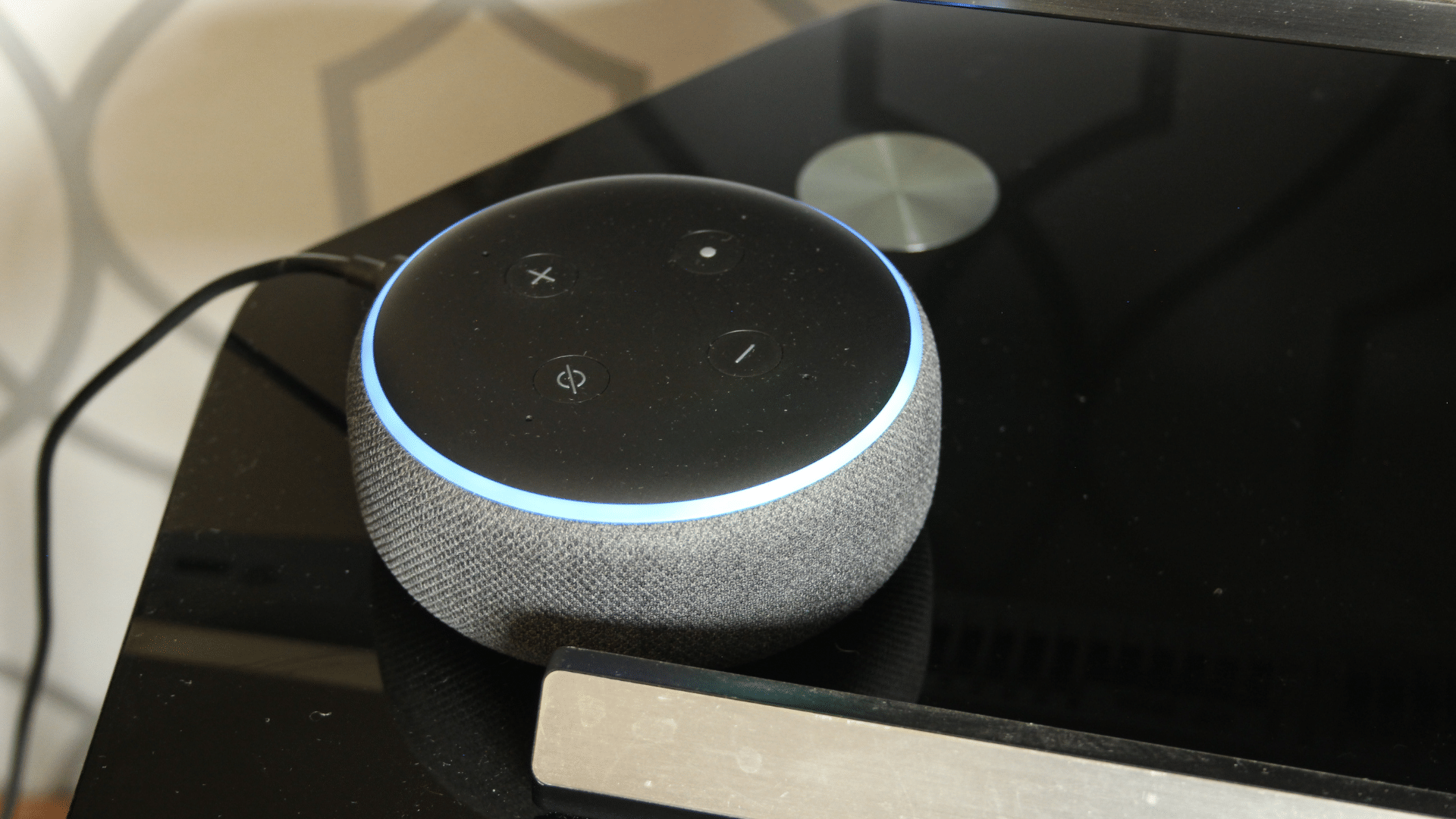SAN FRANCISCO, California — A patient with a degenerative disease was able to command Amazon’s Alexa digital assistant with his mind, the company behind the technological innovation announced on Monday, letting him stream shows and control devices with only his thoughts.
An implant in a blood vessel on the surface of the 64-year-old man’s brain let him mentally “tap” icons on an Amazon Fire tablet, brain-computer interface company Synchron said.
The patient, who is living with amyotrophic lateral sclerosis (ALS), was able to make video calls, play music, stream shows, control smart home devices, such as lights, shop online, and read books by using his mind to direct Alexa, according to the New York-based company.
READ: Alexa vs a curious, creative life
ALS is a degenerative nerve disease that leads to muscle weakness and paralysis.
Next-level smart home
“To be able to manage important aspects of my environment and control access to entertainment gives me back the independence that I’m losing,” the patient, named only as Mark, said in a release.
The test was intended to show how customers could use just their minds to control smart homes with Alexa-compatible devices such as door cameras, plugs and thermostats, according to the company.
“While many smart home systems rely on voice or touch, we are sending control signals directly from the brain,” Synchron founder and chief executive Tom Oxley said in the release.
“Patients can interact with devices in their home hands and voice-free, using only their thoughts.”
Elon’s quest
Several companies, including Elon Musk’s Neuralink, are working on connecting brains with computers.
Neuralink in January installed a brain implant in a man paralyzed after a diving accident. Musk, who also owns Tesla and X, touted the implant as a success.
In July he said his startup is “moving on” to a second test patient as its tech improves. —Agence France-Presse
